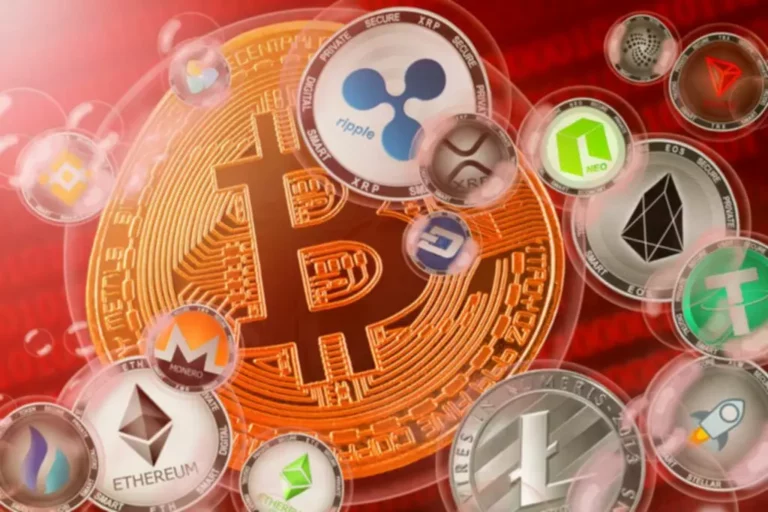FinTech
Liquidity Swimming Pools For Newbies: Defi A Hundred And One
A liquidity pool works by creating a https://www.xcritical.in/ pool of cryptocurrencies for liquidity providers to deposit their idle crypto into. These traders pay a fee that’s then redistributed to the liquidity providers. Some AMMs supply extra rewards for providing liquidity, such as liquidity mining or yield farming packages. These can supply further incentives on top of transaction charges.
- This collaborative strategy allows the protocol to refine its features and address potential points before a full-scale launch.
- Liquidity swimming pools utilizing stablecoins usually have lower volatility and lower risks of impermanent loss.
- Instead, you’re executing the trade in opposition to the liquidity within the liquidity pool.
- Liquidity provision is about to become smarter, more inclusive, and much more worthwhile.
When you deposit funds into a liquidity pool, they’re within the pool. So, whereas there are technically no middlemen holding your funds, the contract itself could be thought of as the custodian of those funds. If there’s a bug or some kind of exploit by way of a flash mortgage, for instance, your funds could probably be misplaced endlessly.
Discovering The Right Contract Addresses
Liquid staking systems rely upon complex code to handle delegation, issuance, and reward monitoring. That opens the door to bugs or exploits if auditing and testing standards aren’t sturdy sufficient. In July 2025, liquid staking had over $49B in total Fintech worth locked. It’s gaining increasingly more floor amongst numerous DeFi categories. Learn how I built safe stablecoin atomic swaps utilizing Hash Time Locked Contracts after breaking testnet twice.

That liquidity supplier is rewarded for supplying both tokens in the course of the pool. If the pool’s starting token price is different from the present world market price, the liquidity provider shall be vulnerable to shedding cash. In an fascinating twist, a good portion of the rise in Defi is attributable to the decentralization of liquidity via the use of world liquidity swimming pools. Liquidity swimming pools are the elemental know-how that underpins the present Defi ecosystem. In 2021, the whole amount of money locked up in Defi liquidity pools was $108.48 billion. However, most easily match trades between buyers and sellers through an order guide mechanism.

This model can offer lower slippage in markets with steady and high liquidity however might endure from greater slippage throughout massive trades. On the other hand, buying or promoting a stock or security is simpler as a end result of there are many patrons and sellers. As a result, securities as an asset class are highly liquid. Without liquidity swimming pools, cryptocurrency merchants would have a troublesome time buying and selling. Liquidity pools are one of the core applied sciences behind the current DeFi technology stack.
How To Use A Liquidity Pool For Trading

This can allow them to probably do one thing malicious, like taking management of the funds in the pool. Learn our DeFi scams article to try to keep away from rug pulls and exit scams as finest you can. There are probably many more makes use of for liquidity pools that are yet to be uncovered, and it’s all up to the ingenuity of DeFi developers.
They do it on the expense of a pool, leaving it out of balance till the curve catches up. Decentralized exchanges (DEXs) work as platforms powered by a number of public good contracts instead of being built with proprietary software. As such, market making and liquidity can be Liquidity Pools in Crypto handled by good contracts, automated market makers or AMMs being some of the frequent sorts. The tokens you employ and the earnings you earn aren’t managed by a central party, however are handled by way of good contracts in a liquidity pool.
Two tokens of equal worth, or 50/50, are often saved in liquidity pools. For instance, a pool may comprise 60% ETH, 30% BTC, and 10% USDC. For tokens that are not always equally significant or for individuals looking to create distinctive portfolios, this sort of pool is helpful. These swimming pools are specifically made for stablecoins, which are tokens that are meant to keep at or close to $1, such as USDT, USDC, and DAI. In order to enable merchants to trade stablecoins with little slippage, stable pools make use of a distinct type of formulation. Slippage is the tiny discrepancy between a commerce’s precise value and its expected worth.
DEX volumes can meaningfully compete with the quantity on centralized exchanges. As of December 2020, there are almost 15 billion dollars of worth locked in DeFi protocols. The ecosystem is rapidly expanding with new forms of products. Algorithmic swimming pools are good for managing illiquid markets, the place token costs can swing dramatically. These swimming pools help scale back slippage and improve effectivity. However, the complexity of the algorithms means extra technical danger, particularly if the code contains bugs or exploits.
